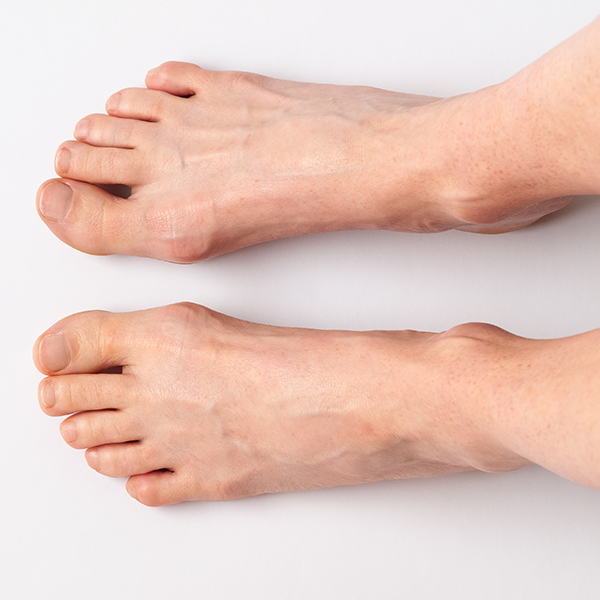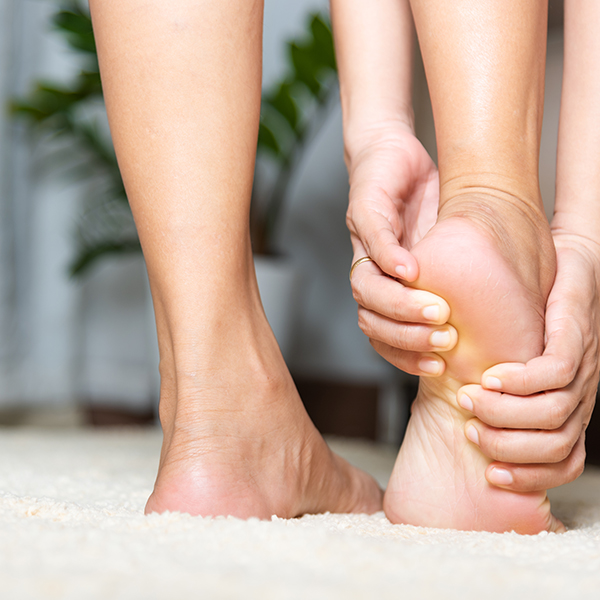Hammertoes
A hammertoe deformity causes abnormal, upward bending on one or both joints of the little toes. When these toes are positioned in this manner, it often puts pressure on the toes when wearing shoes, leading to complications. Hammertoes can occur in all toes except the big toe.
Hammertoes: Symptoms and Causes
Usually, hammertoes are caused due to an imbalance in the muscles and tendons of the foot, causing the toe(s) to bend more than normal. If shoes fit improperly, then it can aggravate hammertoes because the toes are forced in a cramped position. It has also been found that genetics can play a role in the development of hammertoes.
Symptoms of hammertoes usually include:
- Upward, abnormal bending of the toes
- Toes that contract in resting position
- Irritation or pain in the toe, especially when wearing shoes
- Calluses or corns on the toe due to friction against the shoe
- Redness, inflammation, or a burning sensation
- Formation of open sores where the toes rub on the shoes
Treatment for Hammertoes
In the beginning, hammertoes usually start as mild deformities that progress with time. The toes are still flexible in the early stages of this condition, and noninvasive measures can be used to manage symptoms. When left untreated, hammertoes become more rigid with time. Eventually, the only treatment option is surgery.
Since hammertoes are progressive, it’s best to consult with a podiatrist as soon as possible. Hammertoes will not resolve without treatment. A variety of treatment options might be used, such as:
- Padding: Use special foot pads to protect the affected area from pressure and rubbing.
- Shoes: Changing footwear can be beneficial. Avoid shoes that are too short, pointed in the toe area, and high heels. It is important to choose shoes that don’t force your toes against the front of the shoe. When selecting shoes, pick styles that are roomy in the toe and are designed with a heel no higher than 2 inches.
- Orthotics: The tendon and muscle imbalance can be controlled with orthotics. These orthotics are designed based on the custom shape and movement of your foot.
- Injections: Sometimes, corticosteroids are used to reduce inflammation and pain.
- Medication: Oral medication can be taken to control pain and inflammation, such as anti-inflammatory drugs.
- Strapping or Splinting: Small straps or splints can be placed to realign the toe.
- Surgery: When the condition is progressed, then surgery might be the only treatment option. Often, multiple foot deformities are treated at the same time, such as bunions and hammertoes.
Hammertoes can be treated to provide relief from pain and discomfort. For more information, talk to our experienced Denver podiatrist at Rock Canyon Foot and Ankle.











